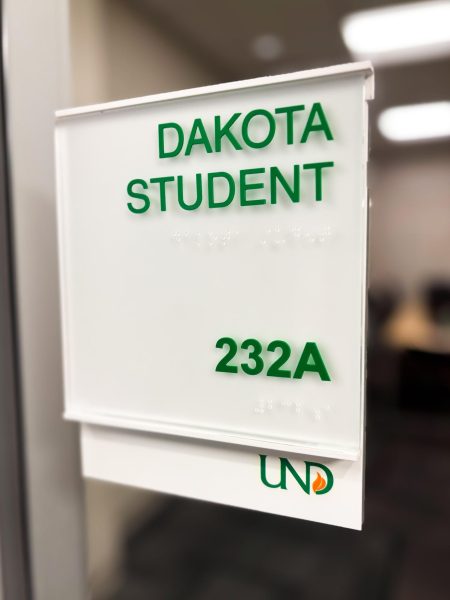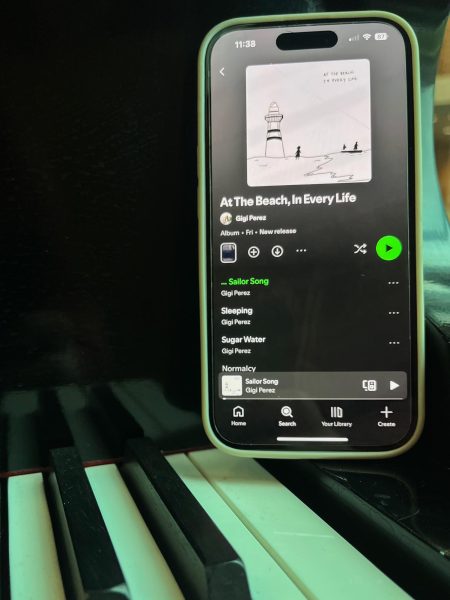DS View: Eclipse
I made the decision to wake up at 5 a.m. and drive out to the country to find a dark spot to watch the lunar eclipse Wednesday morning. Though I got crazy lost trying to find a good place to park, I’m very glad I set that early alarm.
When I found a quiet dirt pullout in somebody’s field to stop, the sky was spectacular, and the blood-red shadowy moon hanging over the Interstate added a completely surreal but calm vibe to the whole scene.
I cracked open my thermos of still-hot apple cinnamon tea and sat with the windows rolled down looking over I-29. From here, I watched the earth’s shadow creep across the bright surface of the moon until it spilled over the end, and the whole image grew redder and redder.
On the horizon, I saw pairs of headlights pushing through the dark in perfect little patterns, one after the other.
I saw an airplane’s blinking lights cruising in linear and low to land at the airport to the west.
I saw clusters of stars so bright, I couldn’t tell where one ended and the next began, despite the massive distance between them.
But then I saw something that took me off guard — the sun.
How is it possible to see the rising sun at the same time as the eclipsed moon? Isn’t the point that the earth is blocking the light between the two?
Apparently, this rare happening is called a selenelion — when an eclipse shares the sky with the sun. It happens when the sun’s light is refracted around the earth’s surface through the atmosphere in such a way to give someone a glimpse of the sun in addition to a full view of the shadowed moon.
Imagine how many processes had to fall perfectly in-synch for the whole thing to come together. The earth moving just so. The moon moving just so. The sun spinning just so. Think of the ancient human nomads interpreting deep apocalyptic warnings or signs of bountiful hunts from these random happenings. Think of how, today, we don’t even bother waking up to go see.
Then imagine the thousands of millions of times this happened before there was even a single pair of eyes on Earth to witness it go down at all.
As I sat there enjoying it all, it occurred to me like a slap in the face how obvious it was that the moon did not have a single to say about it.
Should that have been obvious from the start — that the moon was just going along with this remarkably inexplicable happening and had no reason to make judgements about it? Fine, but, if so, why don’t we feel the same obviousness in our own relationships with reality?
The moon got there the same way we did — slowly and with absolutely zero regard for anything we now call “human.”
I thought it was so cool to be sandwiched between an eclipsing moon and a rising sun; it made perfect sense scientifically and ecologically that it was happening the way it was.
But do you see how the moon could have said the same thing about being near the sun and myself? In the same way, it makes irrefutably perfect sense that I was right where I was. The pool of atoms and vibrations of the cosmos are happening exactly like this right now, always.
Even when I was lost in my car, I was right where I was.
If you can’t explain how and why you’re having the inexplicable, spontaneous thoughts in your head, you should see yourself as a sunrise — as something that just straight up “is.”
Go ask the moon what it thinks, and you’ll see what I mean.
Will Beaton is the Editor-in-Chief of The Dakota Student. He can be reached at william.beaton@my.und.edu.






